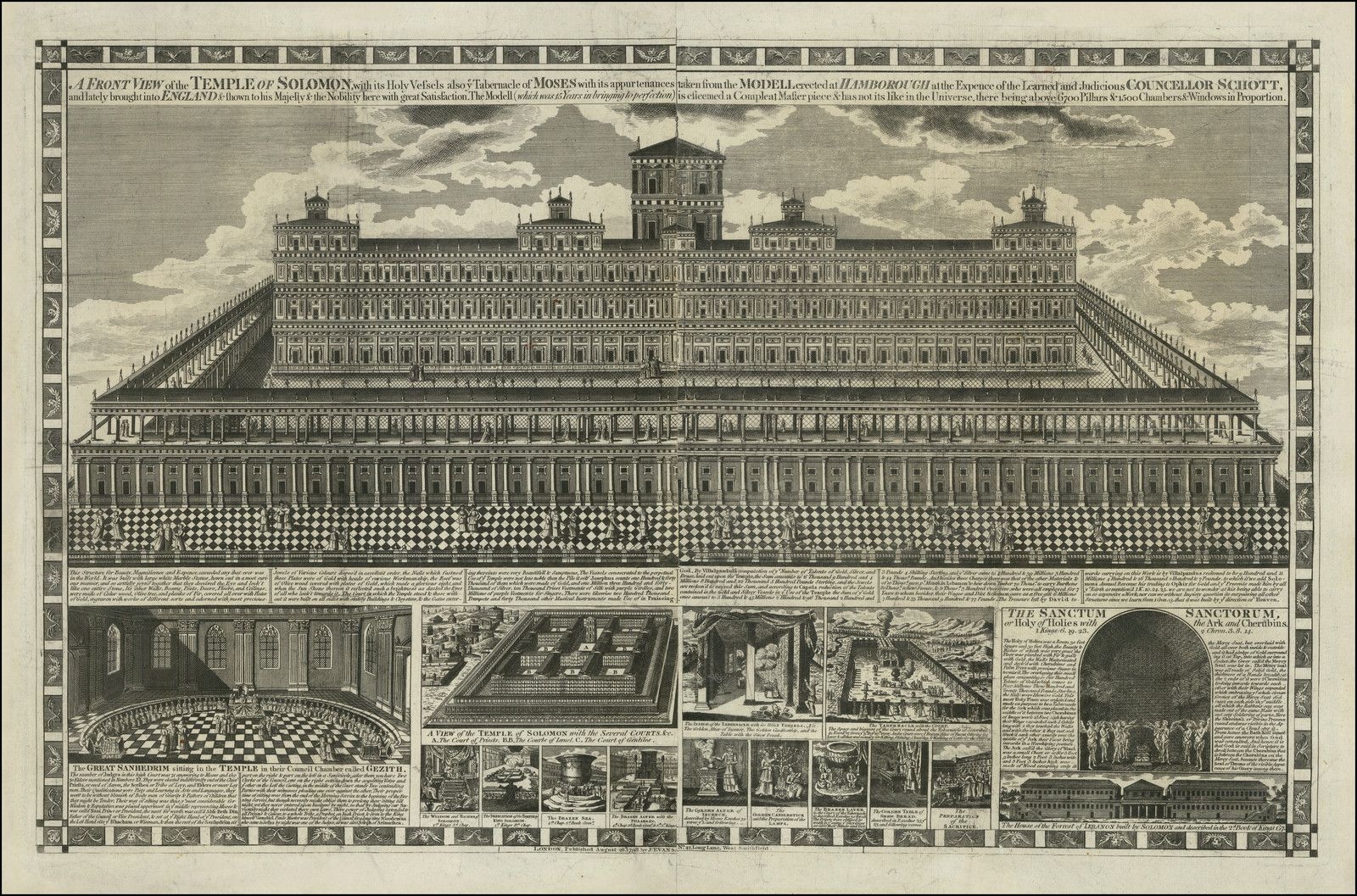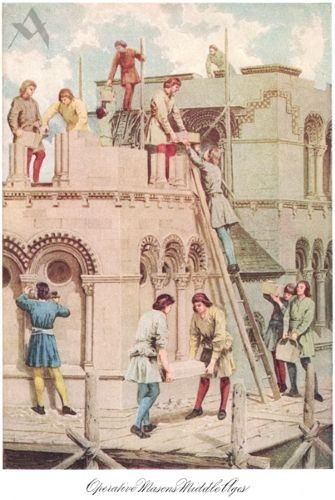The Legend of Hiram Abiff: The Enduring Allegory at the Heart of Freemasonry


The Biblical Hiram
The character of Hiram is rooted in the Bible. In the books of 1 Kings and 2 Chronicles, Hiram is described as a gifted craftsman, a "son of a widow" from the tribe of Naphtali, who was sent by the King of Tyre to King Solomon in Jerusalem. His task was to create the magnificent bronze furnishings and ornate decorations for the new Temple, including the two great pillars, the "molten sea," and various lavers and vessels. The Bible establishes him as a master artisan, but it is Masonic tradition that elevates him to the role of chief architect of the entire Temple project and the central figure of its most important allegory.

The Masonic Legend
The Masonic legend, which first appeared in rituals in the early 1720s, picks up where the biblical account leaves off. As the construction of King Solomon's Temple nears completion, Hiram Abiff, as the chief architect, is the only one who possesses the "secrets of a Master Mason"—specifically, the true word that would allow a craftsman to identify himself as a master and receive a master's wages.
As Hiram is leaving the Temple one day, he is ambushed by three "ruffians," fellow craftsmen who were not yet skilled enough to be made masters but wished to obtain the secrets by force. They confront him at the south, west, and east gates of the Temple. At each gate, a ruffian demands the secrets. Each time, Hiram refuses, stating that he cannot give them improperly and that they must wait until they are worthy to receive them. His fidelity to his oath is unshakable. In response to his refusal, each ruffian strikes him with a stonemason's tool. He is injured by the first two, and the blow from the third, at the east gate, proves fatal.
His murderers, realizing the gravity of their crime, hide his body in the Temple rubble, returning at night to carry it outside the city and bury it in a shallow grave on a hillside, marking the spot with a sprig of acacia. When Hiram is missed the next day, King Solomon sends out a search party of Master Masons. They eventually discover the freshly disturbed earth and the acacia sprig, and Hiram's body is exhumed and given a proper burial. The three ruffians are found and brought to justice. King Solomon then declares that the true word of a Master Mason is now lost and creates a substitute word to be used until the original can be found.

The Allegorical Meanings
The power of the Hiramic legend lies in its rich allegorical meaning.
Fidelity and Integrity: This is the primary lesson. Hiram Abiff chose to sacrifice his life rather than betray his sacred trust. His story serves as the ultimate example of integrity, teaching a Mason that his honor and his word are his most valuable possessions, worth preserving even at the cost of his own existence.
The Certainty of Death: The legend is a direct and solemn confrontation with mortality. It forces the candidate to contemplate the reality of his own death, a central theme of the Master Mason degree.
The Triumph of the Spirit: While Hiram is physically killed, his story does not end in tragedy. His body is "raised" from its grave, and his name is honored forever. This symbolizes that while the physical body is mortal, a person's virtuous character and honorable legacy can endure. It also serves as an allegory for the Masonic belief in the immortality of the soul.
The loss of the "true word" and its replacement with a "substitute" is one of the most philosophically profound elements of the story. It is a powerful metaphor for the limitations of human knowledge in our mortal lives. It suggests that in this earthly existence, we can never attain absolute, perfect truth—the "word" itself. We must work with the "substitute"—the best knowledge, wisdom, and understanding we can achieve through reason, faith, and experience. The Masonic quest, therefore, becomes a lifelong search for that which was lost, a continuous journey toward more light and truth, with the humble understanding that perfection is a goal to strive for, not a destination to be reached in this life.

or a man about to become a Freemason, the journey begins not in a grand, well-lit lodge room, but in a small, dark, and solitary space.

Understand the symbolic journey every Freemason takes through the three degrees of the Blue Lodge: Entered Apprentice, Fellow Craft, and Master Mason.

Is the All-Seeing Eye a symbol of sinister control or divine guidance? We explore its ancient origins and its profound meaning within Freemasonry.

Go beyond the surface and learn the deep moral and philosophical lessons taught by the Square, Compasses, and the letter 'G'.
Comments
No comments yet. Be the first to comment!